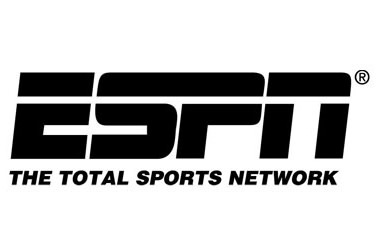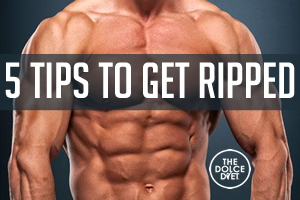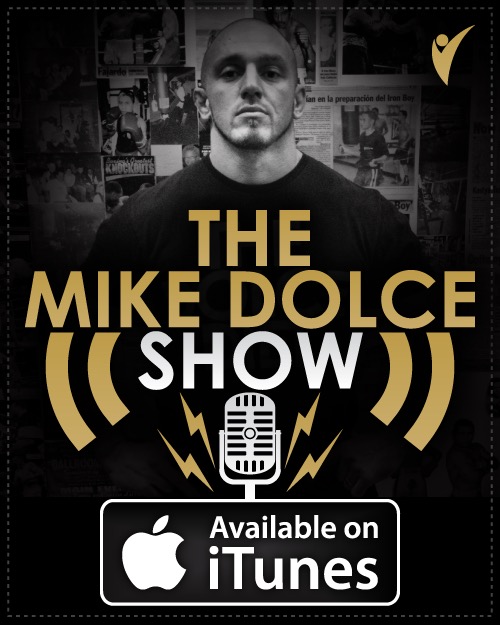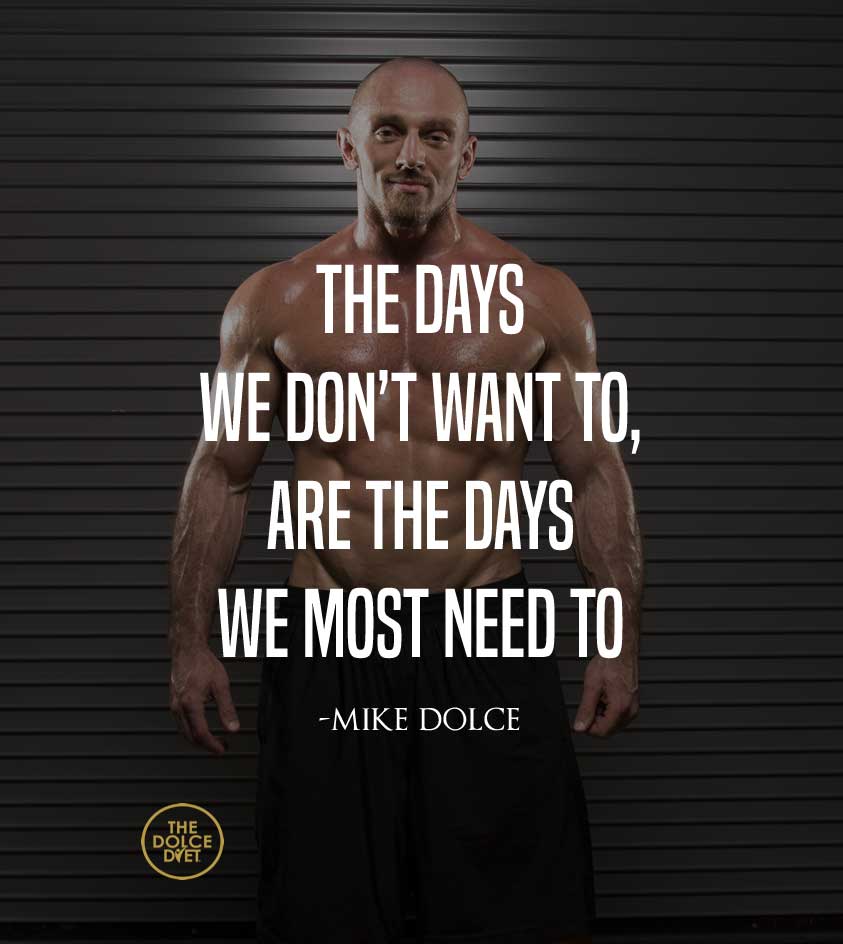
Holiday season full of good MMA reads
By Chuck Mindenhall
Boxing has produced thousands of books in a century and a half, ranging from technique books, to nutritional, to reference, to literature. The latter is the hardest to come by.
Beginning with Pierce Egan in the mid-nineteenth century, boxing’s chroniclers have turned an artistic eye on what was otherwise known as “the grim trade.” Some of the best sports writing spanning back over the last century centered on the sweet science and its many characters. Why? In part because, as Max Kellerman once told me, people are naturally drawn to fights. It’s instinctive. Kellerman made the “four corners” analogy long before Dana White did — if there’s a basketball game on one corner, a football game on another, baseball on the third, and a fight on the fourth, what are people watching?
The fight. Every time. There’s something about conflict being resolved literally (fists) rather than through the use of metaphors (a ball).
Writers have realized this for a long time, and it’s why boxing has produced so many great articles and books over the years. It’s a game of countless mental and physical layers; it’s not a game at all. Start with those perceptive differences, and many boxing works stray into philosophy as much as they do the reporter’s transference of basic facts. The best of these make the two intertwine (books like Norman Mailer’s “The Fight,” A.J. Liebling’s “The Sweet Science,” Mark Kram’s “The Ghosts of Manila,” to name a few).
In 2011, there were plenty of mixed martial arts books published — more than ever. Not all of them were courting the same muse (though some are), but the five here are MMA-related books that are worth picking up this holiday season.
“Raw Combat” (Citidel Press), by Jim Genia
It’s a suspicious thing that in 2011 a book can be published that slinks to the underground to report on something as ubiquitously legal as MMA — but that’s what Genia’s book does. MMA isn’t yet sanctioned in New York, which means fights are held illegally throughout the boroughs. This is where Genia digs in, at times as a fly on the wall to bizarre scenes, at others as a regular Chuck Palahniuk plunging the fighters for their motivations. What stands out in the end? Not that the sport is illegal and therefore taboo, but that the fighters choose not to go across the river to New Jersey and do it on the up-and-up. Why? The “Fight Club” setting, that’s why. There’s a strange chemical in play throughout. Genia gets at it.
“Tapped Out” (Gotham Books), by Matthew Polly
The author of “American Shaolin” returns with a masochistic work as an everyman who, in his late-30s, undergoes training for an MMA fight. The amateur to professional gap is an often-humorous one while he trains at Xtreme Couture with the likes of Joey Varner and others, and Polly’s self-deprecation in the painful learning process stands out as much as the witty prose. It all culminates with his first professional fight. “Tapped Out” has a George Plimpton participatory thing going on, and Polly’s delivery is “Plimpton-esque.” But the true feat is that he manages to convey just how big the gap is between a regular Joe who thinks of fighting and a professional fighter who fights.
“The Principles of Unarmed Combat” (Turtle Press), by Mark Jacobs
If you know Mark Jacobs, you know the Black Belt writer has a fetish for combat sports that really outfetishes everybody (whether you’re talking empty-handed combat, or fighting with Swiss voulges). His book proves it, as it digs into concepts of not just ring technique but basic back-alley survival — kind of like Greg Jackson’s Gaidojutsu gone berserk. Throughout the 50 chapters layered into 10 dense sections, the idea he’s conveying isn’t just how to put an opponent in bad positions (or to get out of them), but the philosophies behind the ideas. If ever there was a comprehensive look at just about every scenario possible in hand-to-hand combat, whether it’s attack or defense, it’s covered here. Jacobs takes the fine-tooth comb through centuries of techniques, and updates everything to fit in today’s MMA world (and beyond).
“Living Lean” (Conrad James Books), by Mike Dolce
By now you know that Dolce has helped fighters like Thiago Alves make weight, but the thing that’s been under-stressed is that Dolce is a lifestyle changer. Bad habits, like buying out of season fruits, eating too much processed foods, and continuing this on-going charade with Teflon, are some automatic no-no’s. Now Dolce’s got a book out that will help those of you who wonder at his secrets, and it’s full of recipes and workout tips to get you into a leaner, healthier figure. The personal favorite: Bapple juice (apple, beets and chia seeds).
UFC Encyclopedia (DG Books), by Thomas Gerbasi
Very simply put, the most comprehensive look at the entire history of the UFC, from the beginning in 1993 through pre-Zuffa 2001, up until 2011. Over 1,500 pictures, bios and breakdowns of every fight to ever grace the Octagon, of every card that has gone on, of every significant moment, every record, every detail. It’s all in there. What does it say about Thomas Gerbasi, who doubles as the editorial director at UFC.com and as a beat writer for the Gotham Girls Roller Derby team? That he doesn’t sleep. And it’s the best coffee table book for an MMA fan on the market, and a tremendous resource for MMA historians.
Original Article Posted Here




